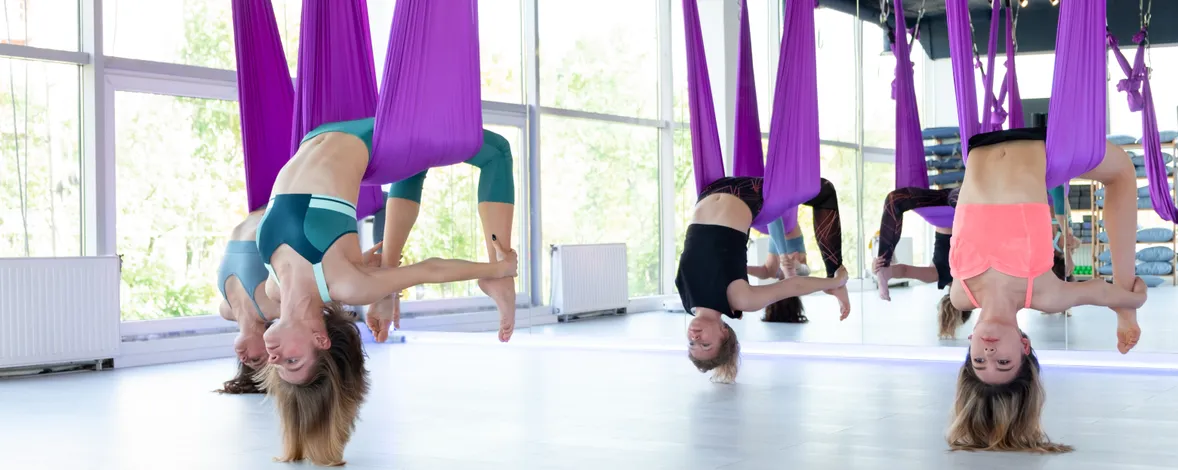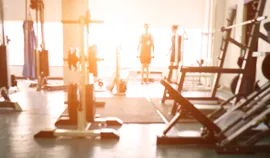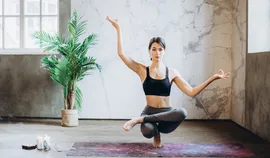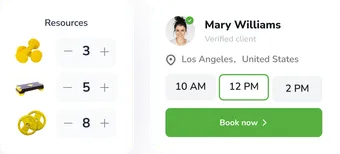Why you should start an Aerial Yoga business
From the beginning, it would be essential to ask yourself the following question: Why do I want to open a Flying Yoga studio?
When planning, one deals with the three aspects from the outset:
Business tasks and relevance: What is your goal? Who is your target audience?
Market description for fitness services in your city and district.
What makes your yoga studio stand out from the competition?
We've already written about how to open a yoga centre, but today we'll discuss the details of starting a business related to Anti-Gravity Yoga.
Aerial Yoga or Anti-Gravity Yoga is a physical workout in a yoga sling that incorporates stretching, yoga, ballet, pilates, acrobatics and callanetics.
The unconventional training position allows you to focus specifically on body sensations and detach from distracting thoughts. Working in a cloth suspended from the ceiling helps you feel gravity better – stretching your major muscle groups.
Our blog has already published a step-by-step guide to opening a gym.
Most appointment programs offer a booking link to share on the website or social media. For instance, when you install EasyWeek software, you get your free website with a built-in widget that takes your customers directly to a booking form.
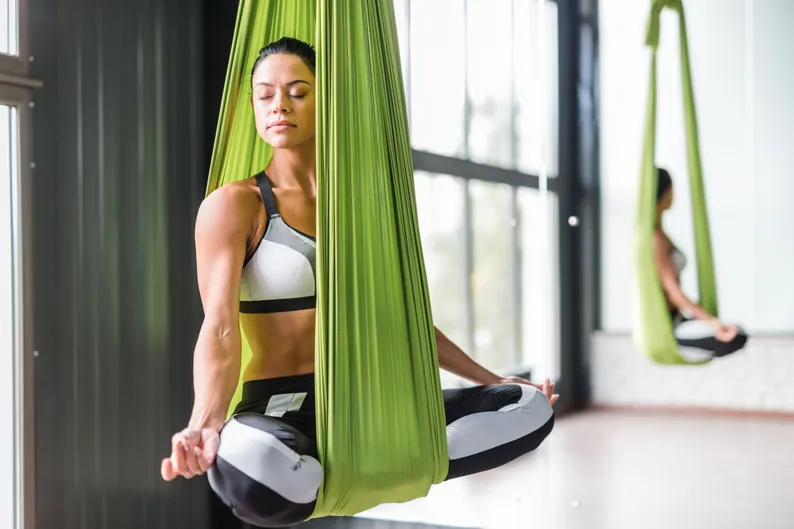
Location and room size
The first thing you should pay attention to is the location. A lot depends on this, especially if opening your yoga studio in a small town. Choose a place where the environment works on your side so that you can find customers faster. There should be shopping centres, cinemas and other public meeting places nearby.
Guests should also be able to find your studio easily, so make sure it's close to major transport hubs. It would be best if public transport stops were within walking distance.
Another critical aspect of an aerial yoga studio is the room size and ceiling height. While for regular yoga, the size of the room is not so crucial, for Aerial Yoga, it is essential to maintain standards:
You can do most exercises with a ceiling height of 2 m. or more, but for advanced poses, you need 2.5 to 3 m.
An area of 4 m² per client is vital for a good workout. So for a small group of 8 people, you need a room of at least 40 m². Consider it in your business plan because rental costs depend on the size of the space.
A plus point would be if the feeling of open space and freedom – generally everything associated with the term "aerial" – accompanies your clients outside the yoga hall. Organise the space, so there is enough room in both the changing and reception areas and comfortable sofas to sit and wait.
It is worth investing in several rooms at once so you can run different workouts in parallel: yoga in one room and pilates in another. It will increase the profitability of your business.
Set up an online appointment booking system in your yoga class
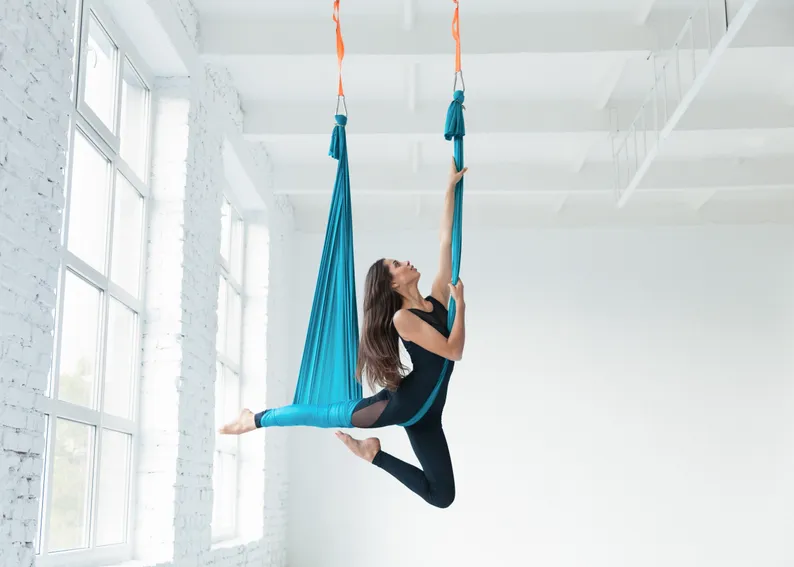
Target Audience of an Anti-Gravity Yoga Studio
Aerial yoga is suitable for people of all genders, ages and constitutions, which means that, in theory, anyone who can be interested in an unusual workout is one of your potential customers. In practice, of course, women are much more likely to take part in yoga classes.
When promoting an aerial yoga studio on social media, pay attention to posts about the benefits of this type of training and concrete examples from actual yoga classes. Also, post more videos and photos of different activities with different people. Pictures of clients of different ages and yoga experiences on your account will help you attract more people.
Aerial yoga looks exciting and is perceived as something new by people unfamiliar with different yoga styles. Therefore, it is of great importance that you can present your workouts properly and highlight not only their benefits but also their safety.
Set up an online appointment booking system in your yoga class
What does it cost to open a Flying Yoga studio?
The main costs for setting up a yoga studio include:
Room rental from 100 m²
Renovation and repair work
Procurement of yoga equipment
Wages and salaries for employees
The investment in the renovation and the rental costs depend on the condition of the premises. In addition, as already mentioned, the location of the premises plays a significant role, not to mention the city where you open your studio. The bigger and more attractive the city, the higher the prices.
To set up your studio, you will need:
Yoga fitness set: yoga hammock and gymnastic rings – from 50 $.
Yoga mats – from 20 $
Changing room lockers – from 300 $ for 6 lockers
Changing room benches – from 200 $ for one bench
Bathroom renovation – 500 to 2,500 $ per square metre
Air conditioning – from 500 $
Reception counter – from 900 $
Seating furniture for the waiting area – from 200 $ for a lounge sofa, from 100 $ for a lounge chair
Complete PC system – from 700 €
Appointment booking system – from 0 $
Also include the costs for visits to the authorities and inspections. Again, they depend on the region in which you live.
In addition, the advertising budget for the Aerial Yoga centre should be planned for, because development is impossible without advertising. The studio will not pay for itself immediately – you will only invest in the beginning. Once the studio has built up a customer base, you could reduce advertising costs.
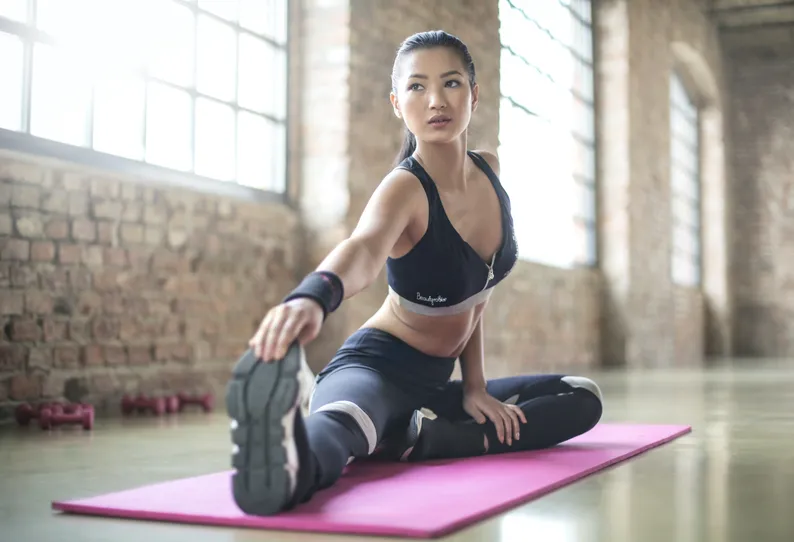
Interior of a yoga studio
Your task is not only to open a gym class but also to create a special place where like-minded people could meet and form a community. In other words, the rooms where the client practises yoga are essential, as well as the changing rooms and the waiting area where they interact with other people.
It would also be helpful to know how competitors position themselves. Learn from successful Flying Yoga centres, but don't let their design be your guide. Otherwise, you will be perceived as secondary from the start.
Understated furnishings create a cosy atmosphere: simplicity, comfort and environmental friendliness should be the main themes in the design.
It would also be good to create an area where you could sell products: mat and mat covers, scented sticks, candles, healthy desserts, etc. You can build your brand over time if you pay attention to little things like this from the beginning.
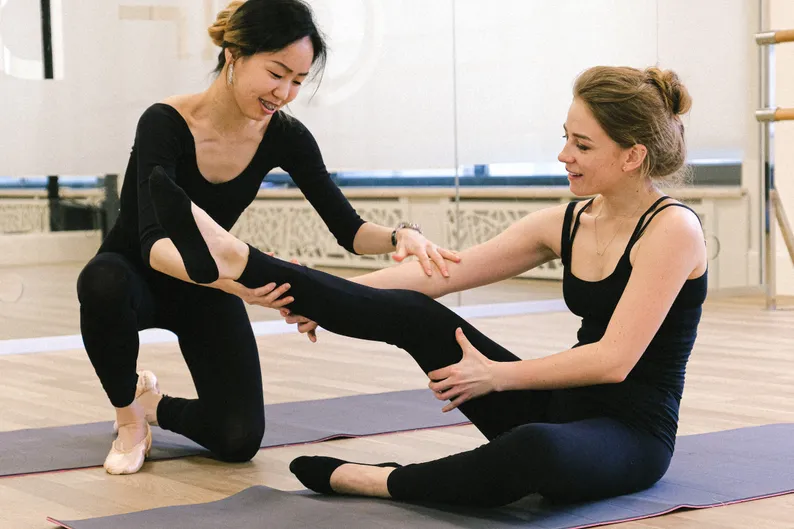
Yoga teachers
The number of teachers depends on the size of your studio. With an average of 5-7 people, your studio can keep a tight schedule so clients can sign up at any time on weekdays and weekends.
Choose yoga teachers who are not only your staff but also your partners with whom you will achieve your goals together. They need to know their target group well and work with them so that new clients become loyal clients.
Your yoga teachers should be active enough to build a relationship with the clients. They can also give open lessons, lectures and workshops for an additional fee. Also, guarantee your teachers more access to the studio's social media accounts, as this will make your profile more informative and more attractive to users.
A yoga teacher acts like a magnet, creating the audience and setting the atmosphere. Opt for a teacher who already has clients, as this works better than advertising.
It will probably be challenging to attract the most excellent and experienced yoga teachers to your studio all at once, so focus your search on training and professional development.
A yoga teacher's salary depends on experience, working hours and additional tasks they can take on. The income is around 30 $ per hour and 2,000 $ per month. However, the pay per hour can vary greatly, from 25 $ to 70 $.
Using CRM software to calculate salaries and commissions would also be practical. It takes all the routine work off the yoga studio owner's hands, as many processes are automated.
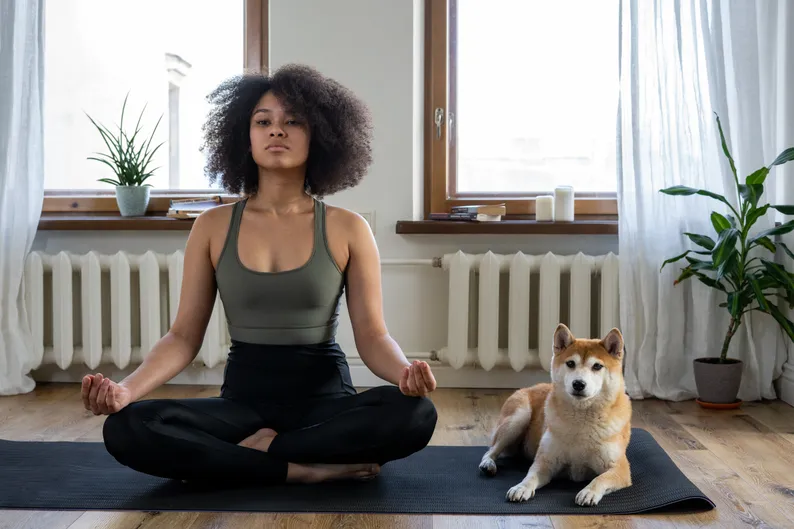
Conclusion
Yoga, and especially Aerial Yoga, are currently in vogue. If you choose this niche, you are investing in a new and fast-growing field. Opening a studio starts with thorough planning: you create a detailed business plan, calculate your budget and think about how you could market the studio.
In the early stages, many entrepreneurs do everything they can to save money and minimise costs. And the EasyWeek appointment booking software can help you do just that!
EasyWeek provides a link and widget that leads to an online appointment calendar and a free website where you can publish all the information about your studio. In addition, the "Products", "Analysis", "Statistics", and "Finances" modules are available at the paid rate so you can track your sales, set up target groups and calculate salaries.
Test the free 14-day version and optimise your processes with EasyWeek!
